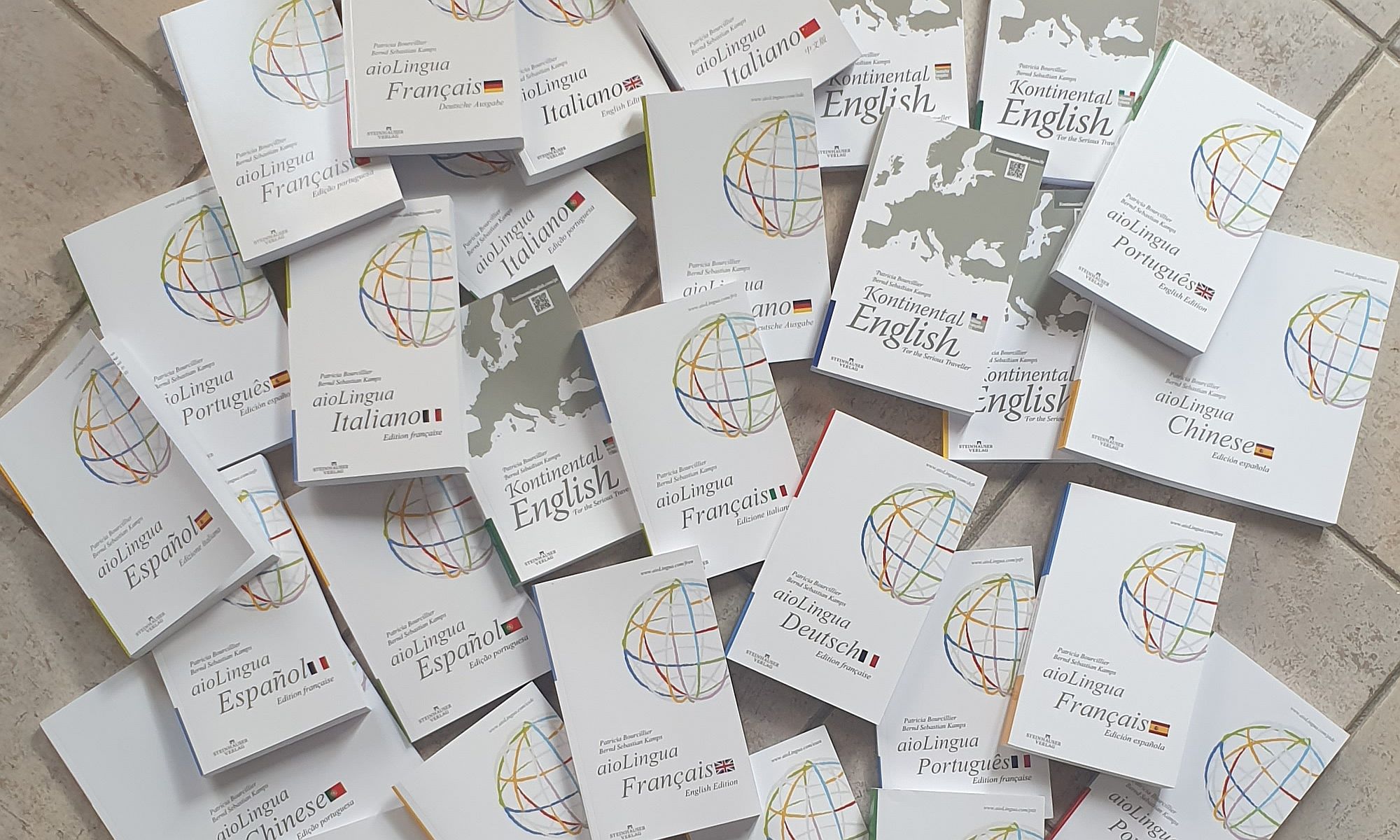Learning the nuances of digital communication etiquette in Chinese culture.
A. Basic Level
Words
Teen 1: “Why didn’t you 回复 (reply, huífù) to my 信息 (message, xìnxī)?”
Teen 2: “I was busy. No need to get angry!”
Teen 1: “You always ignore my 留言 (comments, liúyán). It’s rude!”
Teen 2: “Well, your 语气 (tone, yǔqì) is always so aggressive. Where’s your 礼貌 (manners, lǐmào)?”
Teen 1: “Me? What about your sarcastic 表情 (expressions, biǎoqíng)?”
Teen 2: “At least I don’t shout in every 讨论 (discussion, tǎolùn)!”
Teen 1: “You could at least be a bit 谦虚 (humble, qiānxū).”
Teen 2: “Maybe if you were more 合适 (appropriate, héshì) in your approach…”

(Note the boy’s six fingers. Typical AI error).
| 礼貌 | lǐmào | politeness |
| 问候 | wènhòu | greeting |
| 感谢 | gǎnxiè | thank |
| 道歉 | dàoqiàn | apologize |
| 尊重 | zūnzhòng | respect |
| 回复 | huífù | reply |
| 表情 | biǎoqíng | expression |
| 语气 | yǔqì | tone |
| 客气 | kèqi | courteous |
| 称呼 | chēnghu | address |
| 祝福 | zhùfú | blessing |
| 邀请 | yāoqǐng | invite |
| 表达 | biǎodá | express |
| 沟通 | gōutōng | communicate |
| 礼节 | lǐjié | etiquette |
| 建议 | jiànyì | suggest |
| 避免 | bìmiǎn | avoid |
| 确认 | quèrèn | confirm |
| 讨论 | tǎolùn | discuss |
| 分享 | fēnxiǎng | share |
| 留言 | liúyán | message |
| 信息 | xìnxī | information |
| 提问 | tíwèn | ask |
| 谦虚 | qiānxū | modest |
| 合适 | héshì | appropriate |
Sentences
| 礼貌 | 在沟通时礼貌很重要。 | Zài gōutōng shí lǐmào hěn zhòngyào. | Politeness is important when communicating. |
| 问候 | 通过电子邮件发送问候。 | Tōngguò diànzǐ yóujiàn fāsòng wènhòu. | Greetings are sent via e-mail. |
| 感谢 | 邮件中表达了感谢。 | Yóujiàn zhōng biǎodále gǎnxiè. | Expressing thanks in an email. |
| 道歉 | 短信里向朋友道歉。 | Duǎnxìn lǐ xiàng péngyǒu dàoqiàn. | Apologize to a friend in a text message. |
| 尊重 | 我们应该尊重他人意见。 | Wǒmen yīnggāi zūnzhòng tārén yìjiàn. | We should respect others’ opinions. |
| 回复 | 我及时回复了她的信息。 | Wǒ jíshí huífùle tā de xìnxī. | I responded to her message promptly. |
| 表情 | 短信中使用了笑脸表情。 | Duǎnxìn zhōng shǐyòngle xiàoliǎn biǎoqíng. | Smiley emoticons were used in the SMS. |
| 语气 | 邮件语气应该友好。 | Yóujiàn yǔqì yīnggāi yǒuhǎo. | The tone of the email should be friendly. |
| 客气 | 在留言中保持客气。 | Zài liúyán zhōng bǎochí kèqì. | Be polite in your messages. |
| 称呼 | 称呼对方为“先生”。 | Chēnghu duìfāng wéi “xiānshēng”. | Called the person “sir”. |
| 祝福 | 发送了生日祝福。 | Fāsòngle shēngrì zhùfú. | Sent birthday wishes. |
| 邀请 | 通过邮件发送了邀请。 | Tōngguò yóujiàn fāsòngle yāoqǐng. | Sent an invitation via email. |
| 表达 | 清楚表达了我的观点。 | Qīngchǔ biǎodále wǒ de guāndiǎn. | Expressed my views clearly. |
| 沟通 | 通过网络进行有效沟通。 | Tōngguò wǎngluò jìnxíng yǒuxiào gōutōng. | Communicated effectively over the Internet. |
| 礼节 | 遵守网络沟通礼节。 | Zūnshǒu wǎngluò gōutōng lǐjié. | Followed networking etiquette. |
| 建议 | 邮件中给出了建议。 | Yóujiàn zhōng gěi chūle jiànyì. | Advice was given in an email. |
| 避免 | 避免使用冒犯性语言。 | Bìmiǎn shǐyòng màofàn xìng yǔyán. | Avoided offensive language. |
| 确认 | 确认了会议时间。 | Quèrènle huìyì shíjiān. | Confirmed meeting times. |
| 讨论 | 在论坛上讨论话题。 | Zài lùntán shàng tǎolùn huàtí. | Topics are discussed on forums. |
| 分享 | 在社交媒体上分享经验。 | Zài shèjiāo méitǐ shàng fēnxiǎng jīngyàn. | Shared experiences on social media. |
| 留言 | 在博客上留言评论。 | Zài bókè shàng liúyán pínglùn. | Left a comment on a blog. |
| 信息 | 通过手机发送信息。 | Tōngguò shǒujī fāsòng xìnxī. | Send messages via cell phone. |
| 提问 | 在网络会议上提问。 | Zài wǎngluò huìyì shàng tíwèn. | Ask questions at the webinar. |
| 谦虚 | 在交流中保持谦虚。 | Zài jiāoliú zhōng bǎochí qiānxū. | Stay humble in your communication. |
| 合适 | 选择合适的话语。 | Xuǎnzé héshì de huàyǔ. | Choose the right words. |
.
